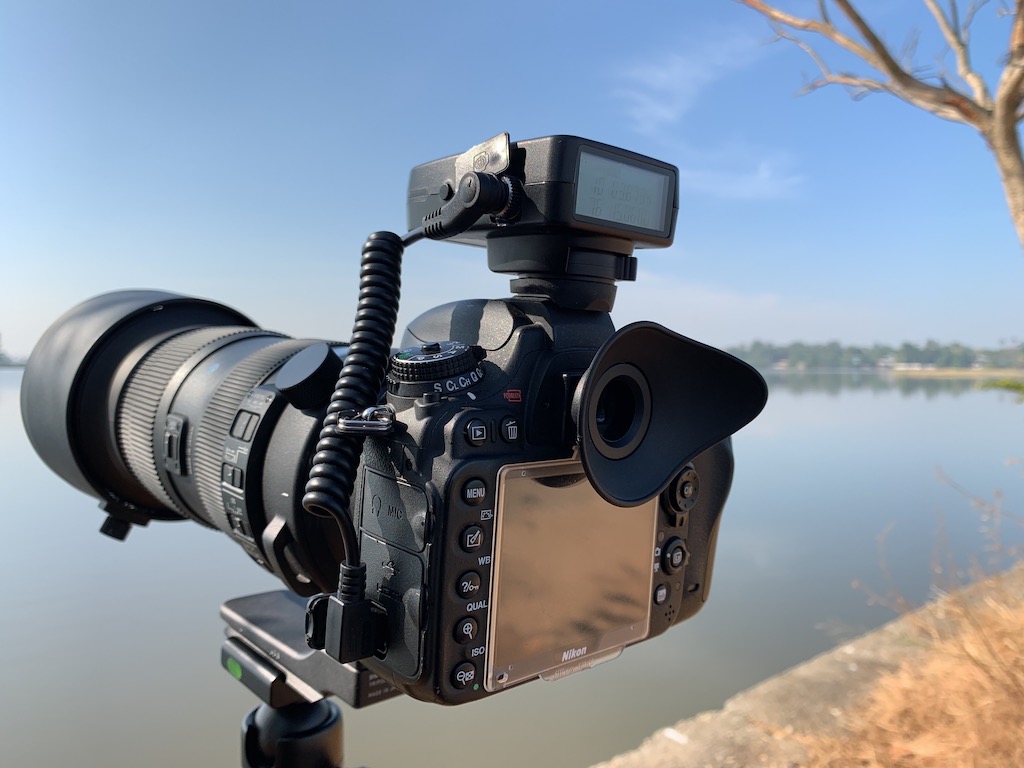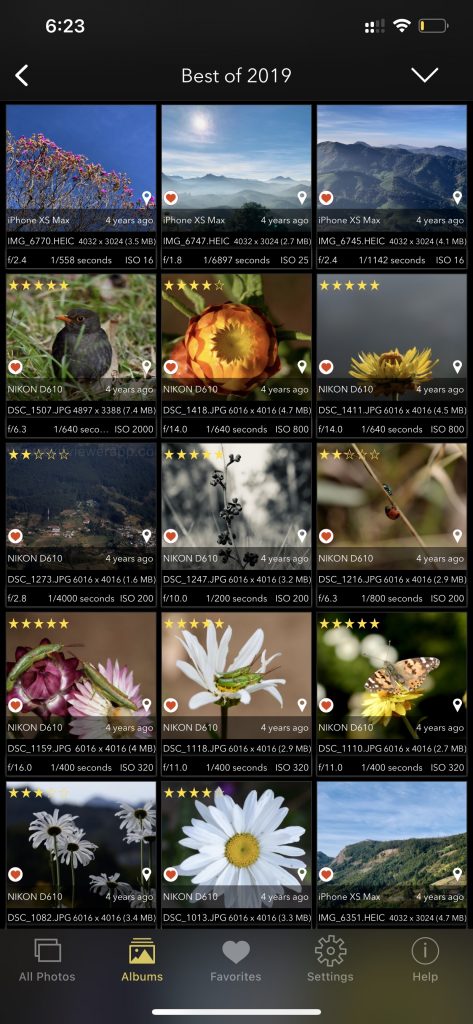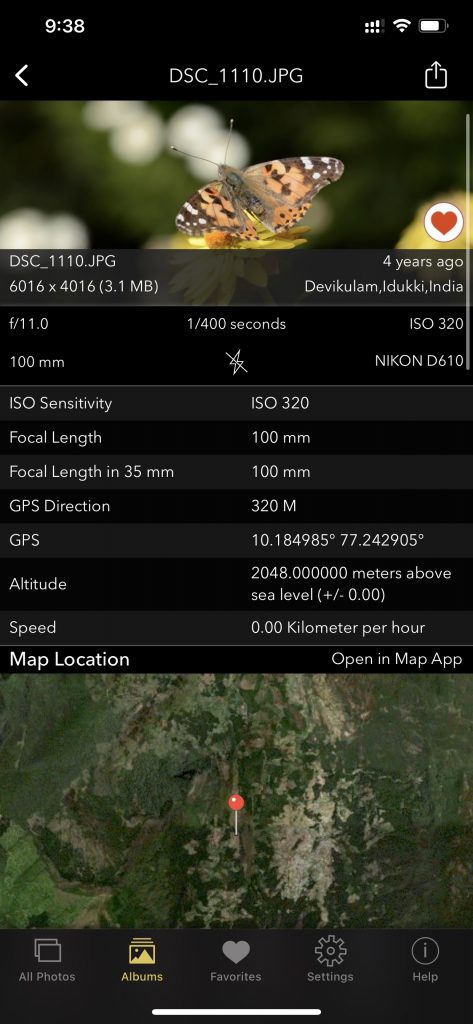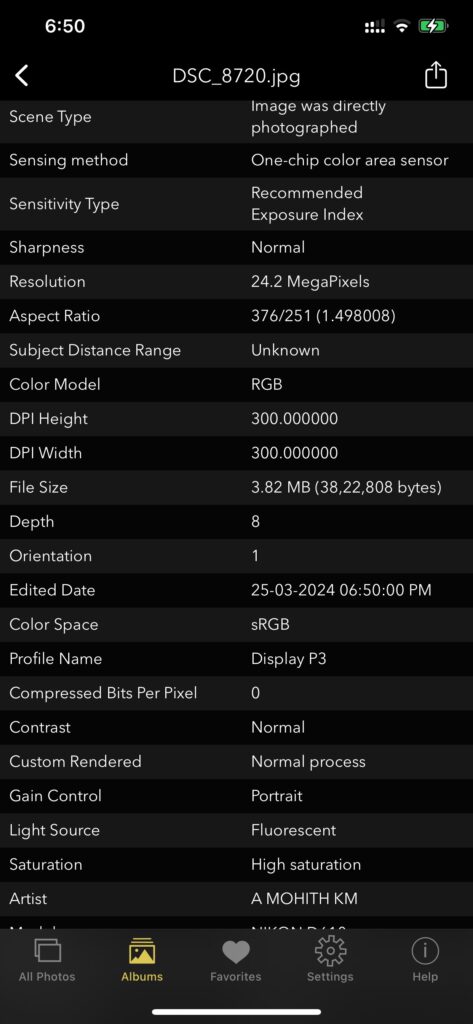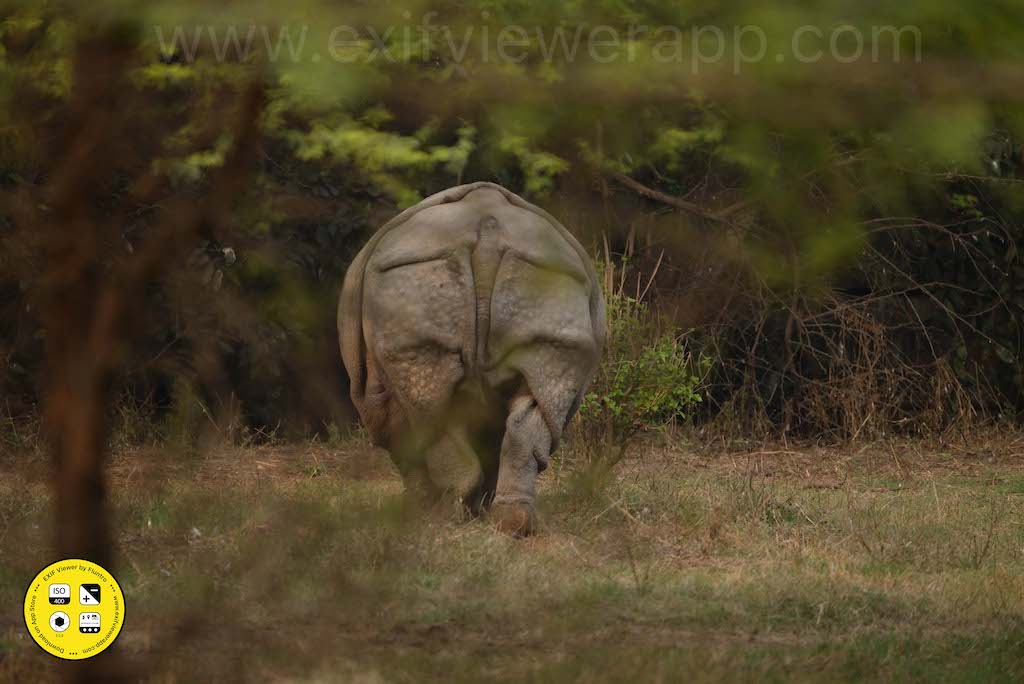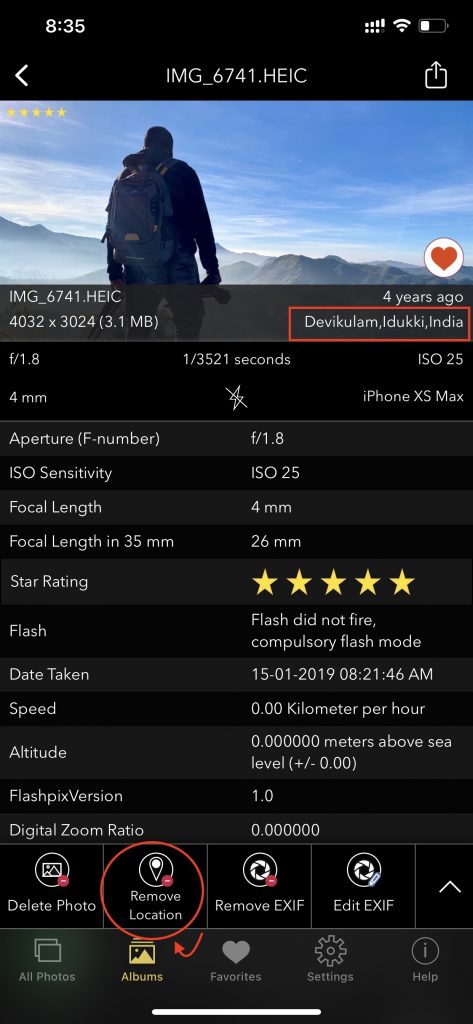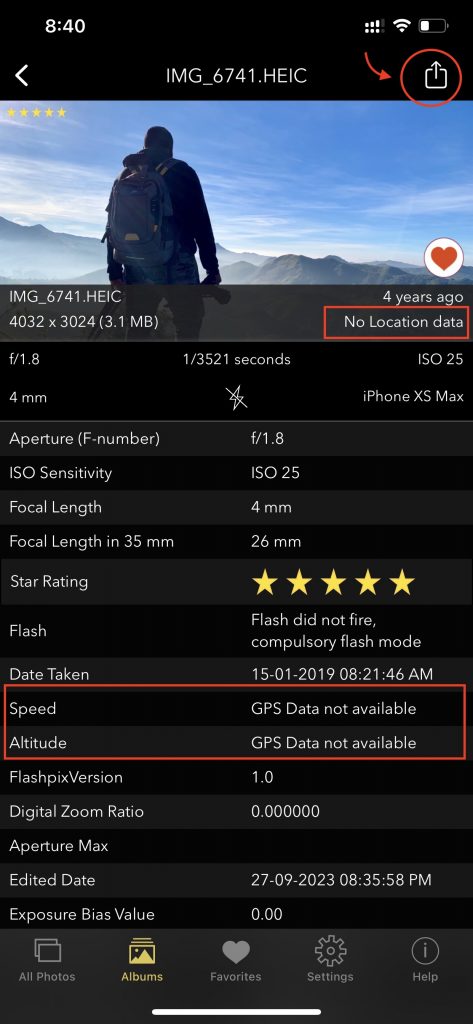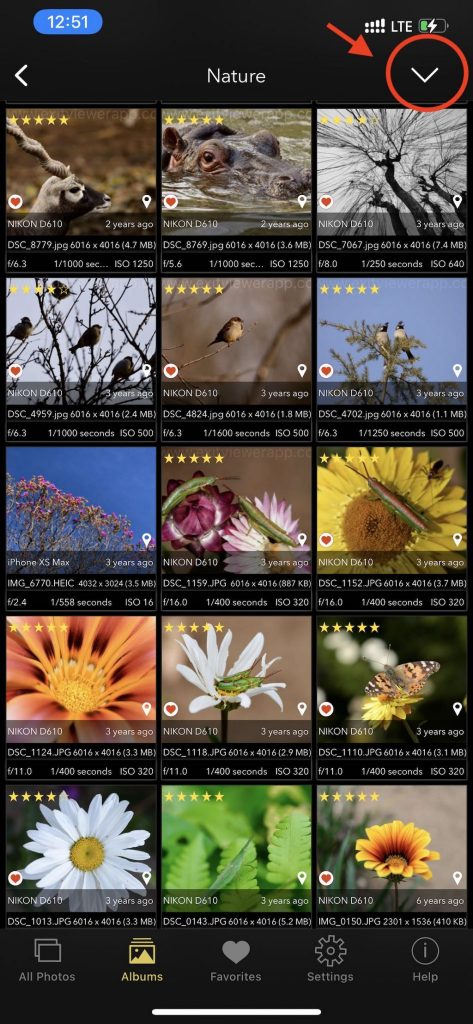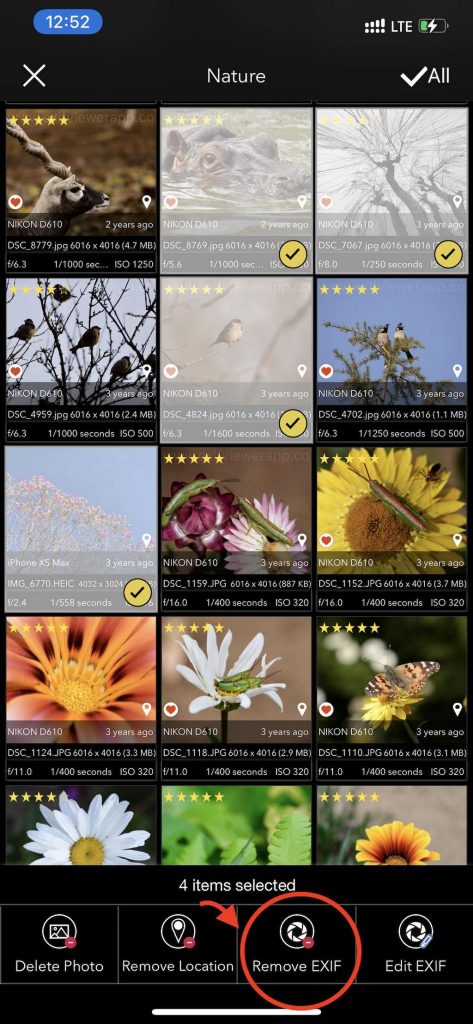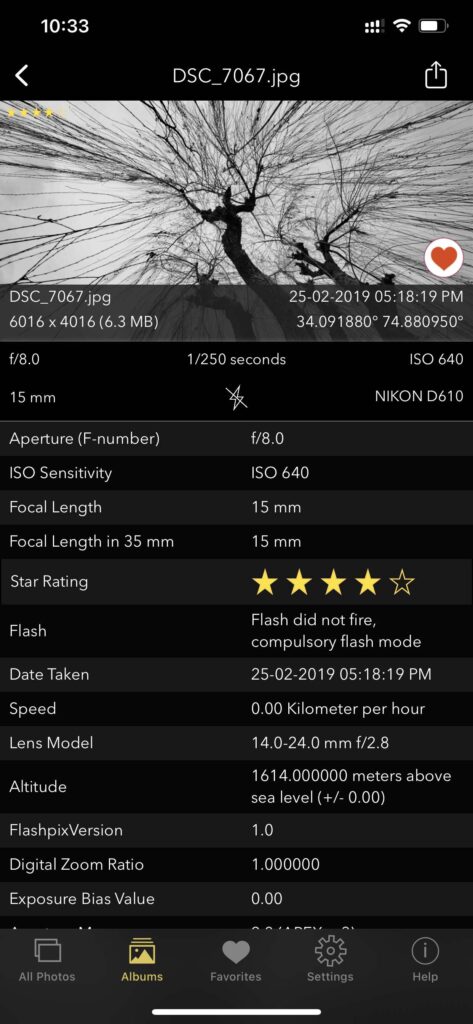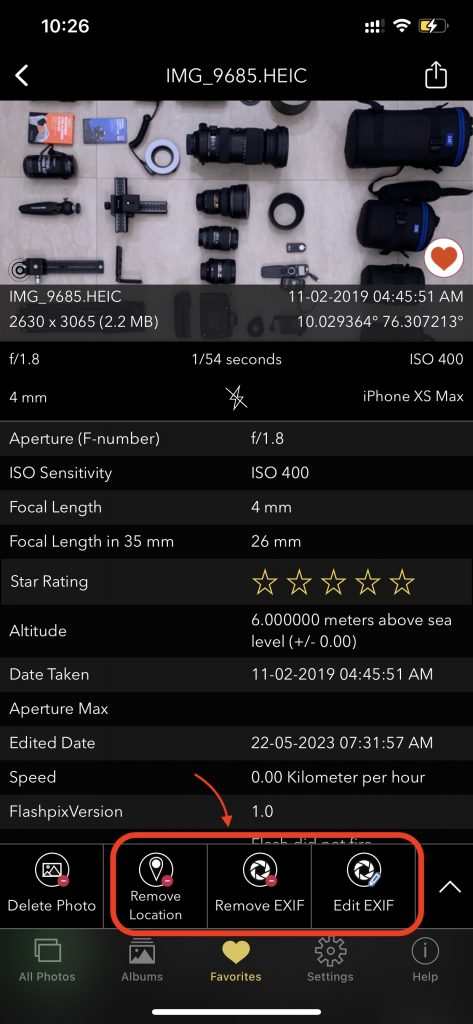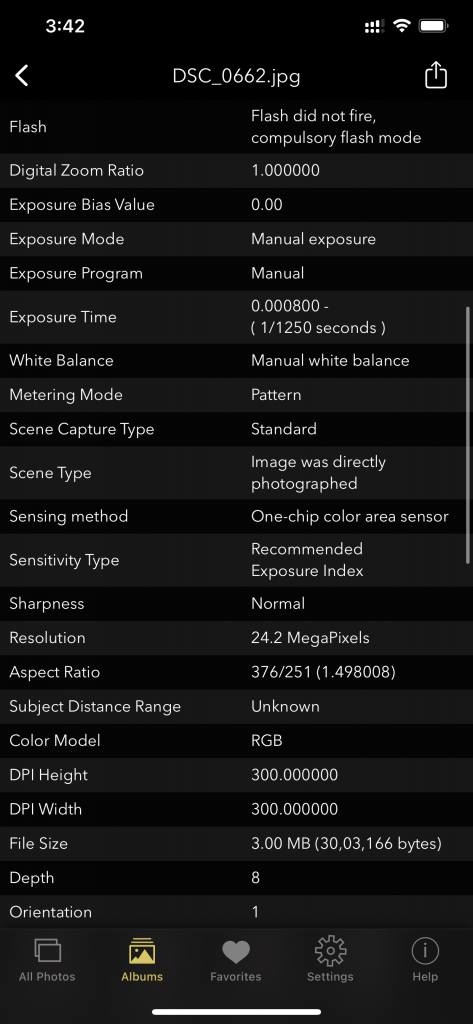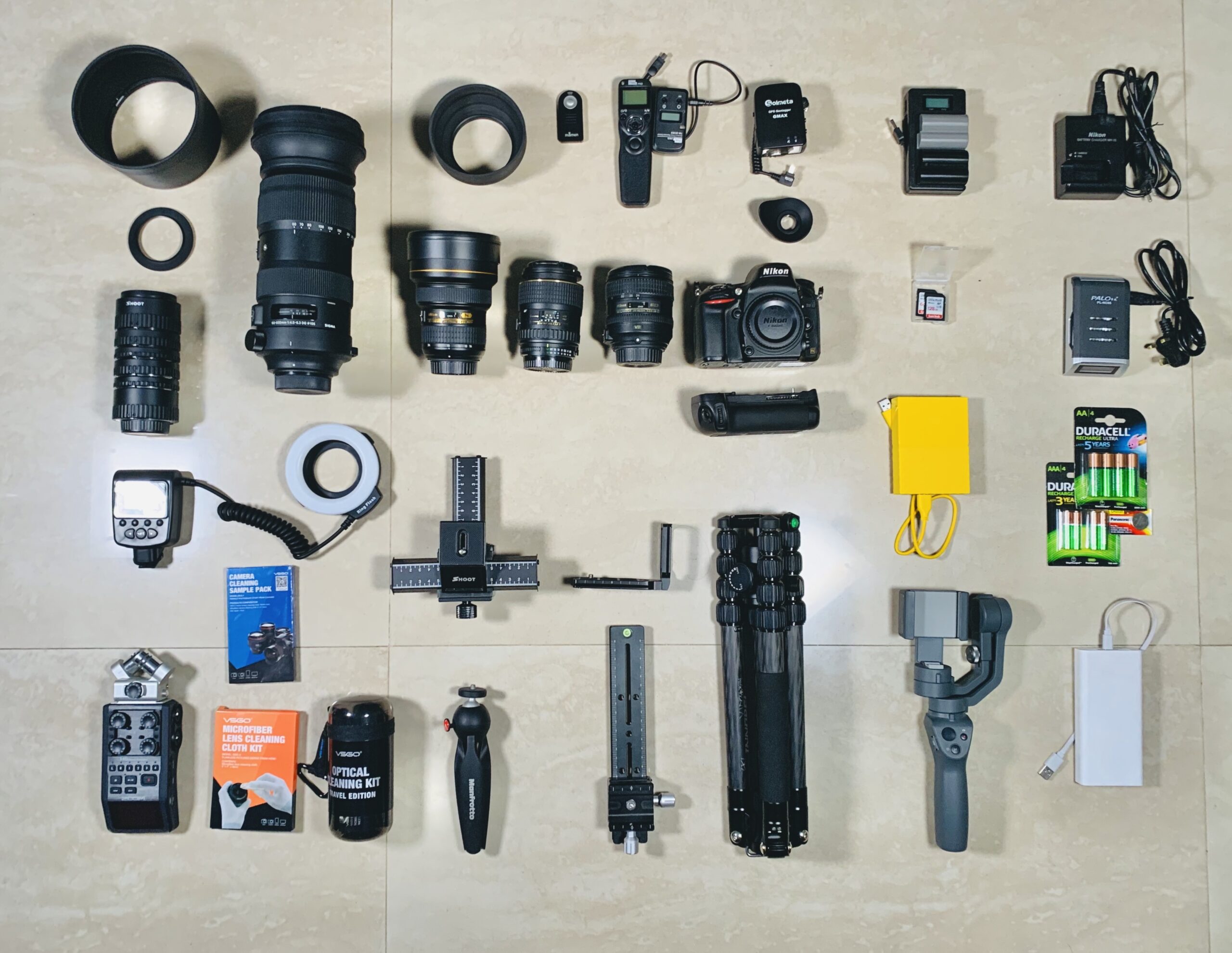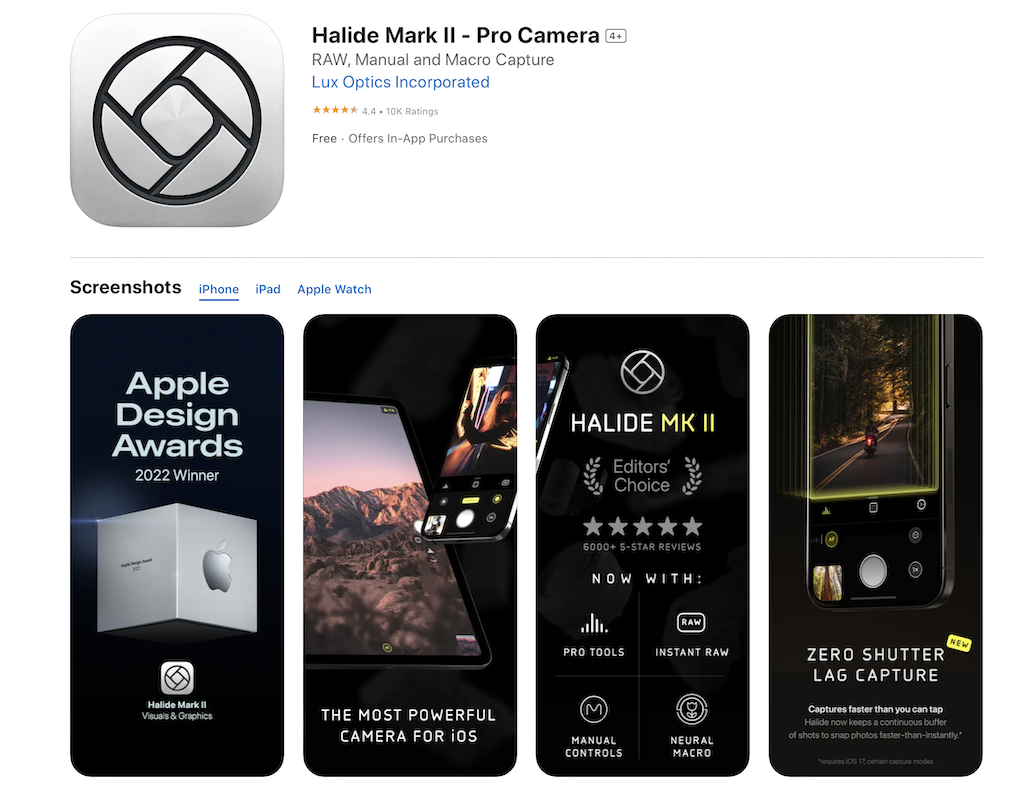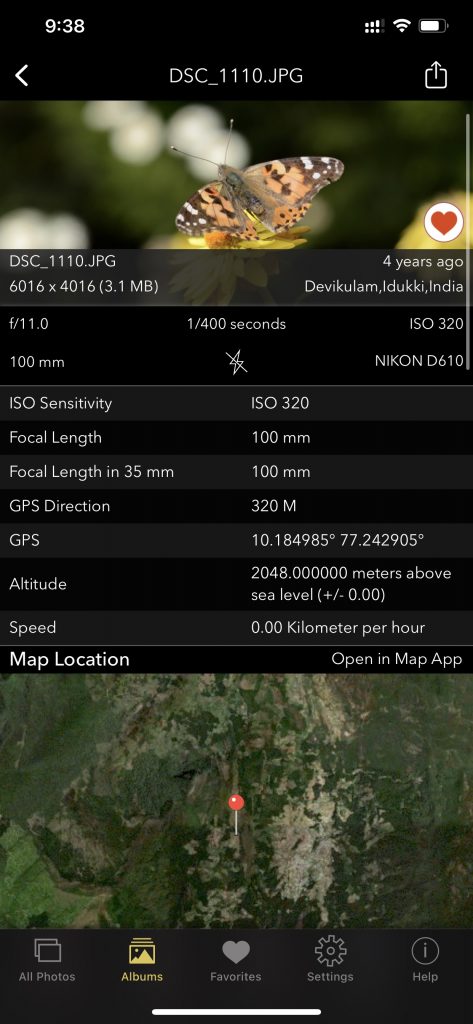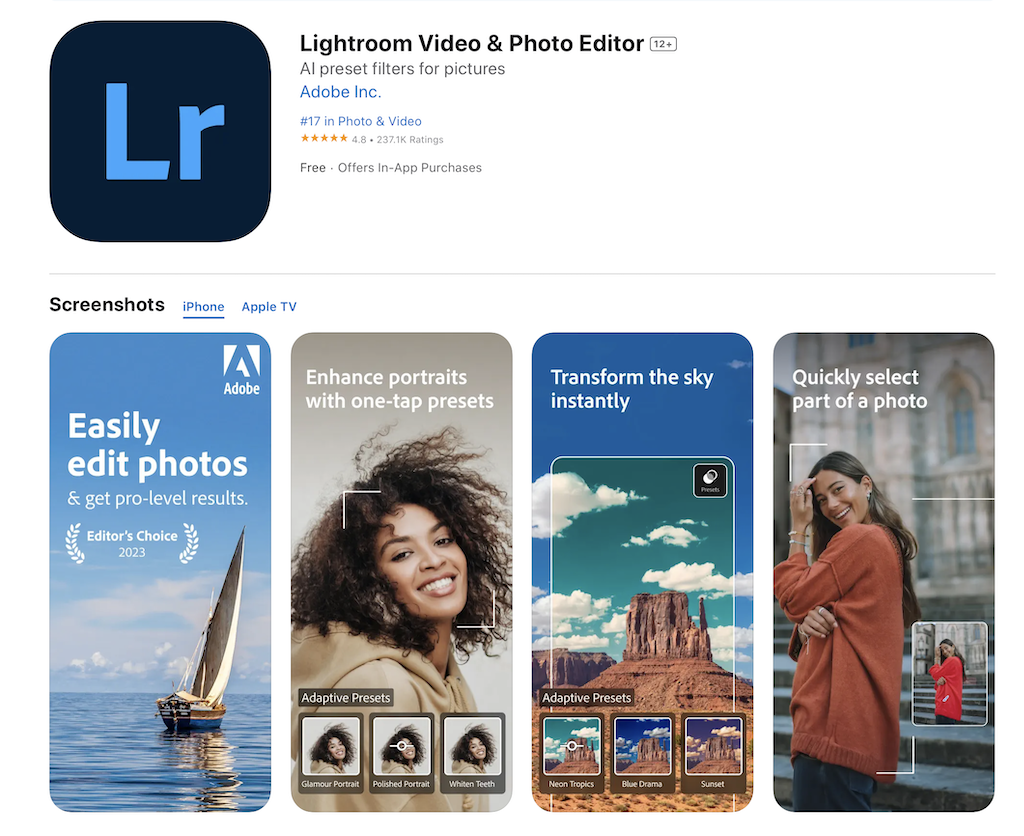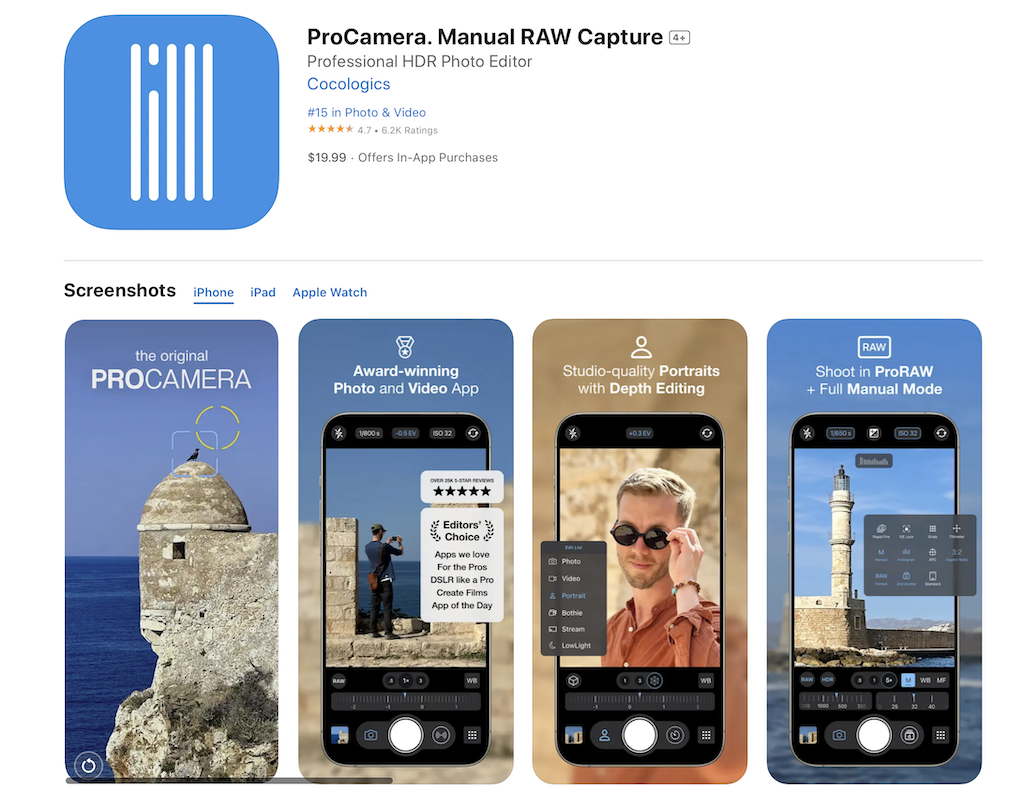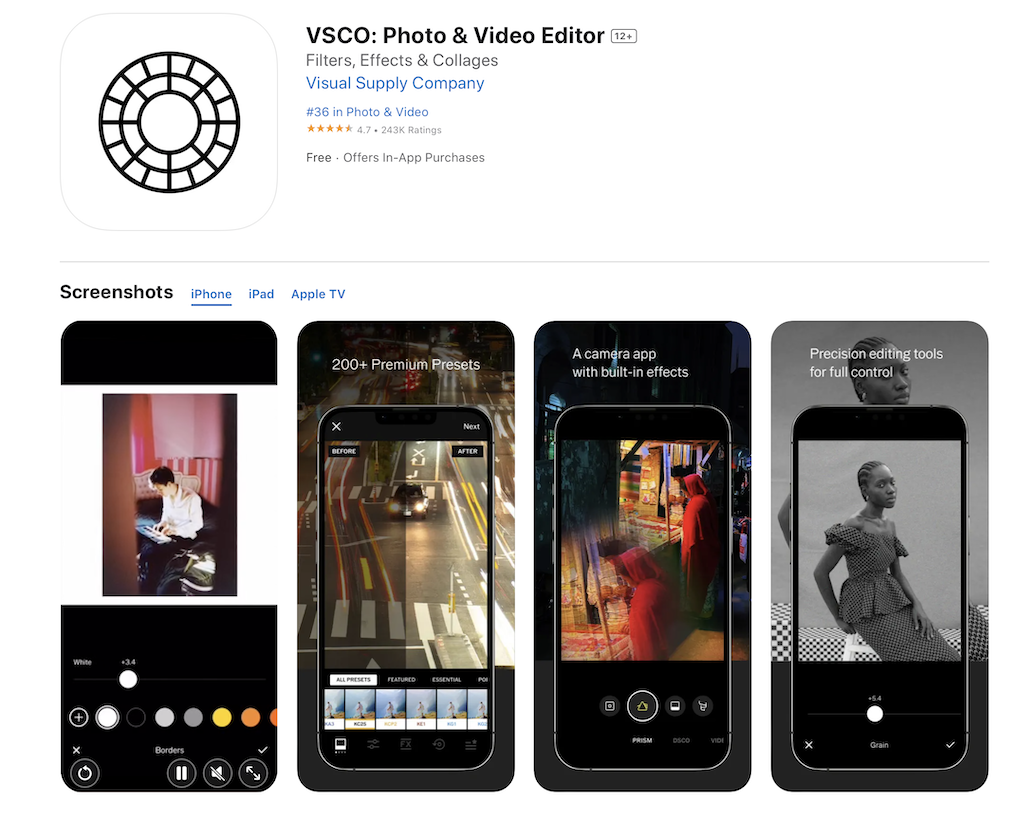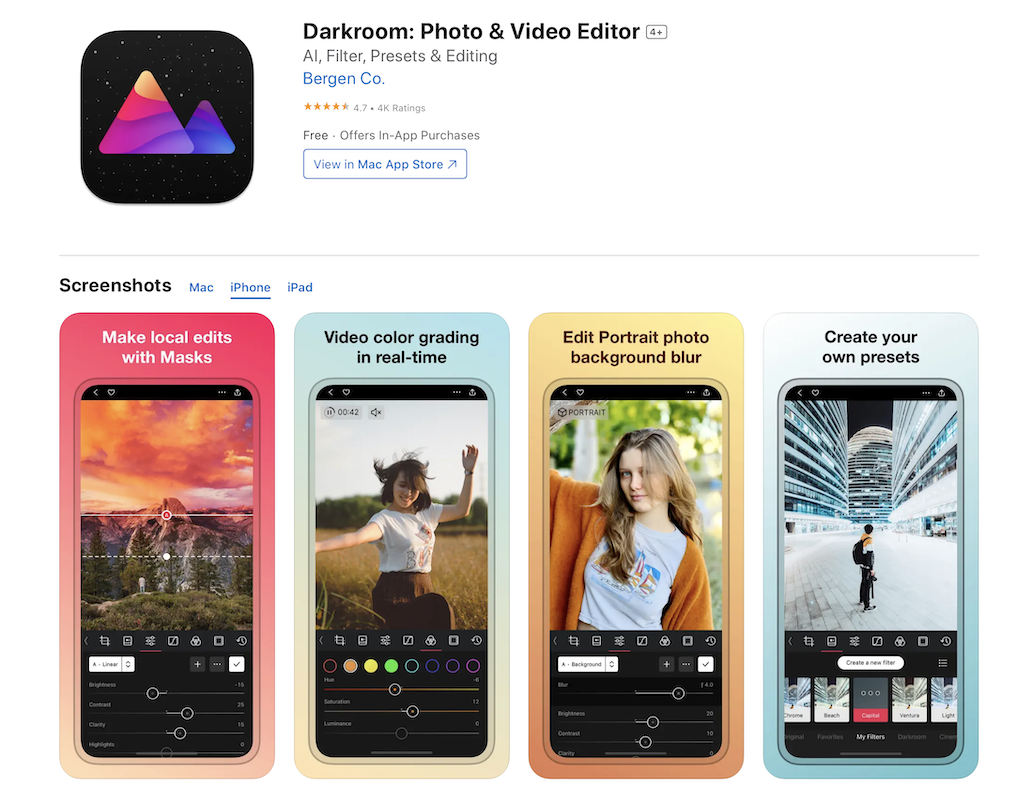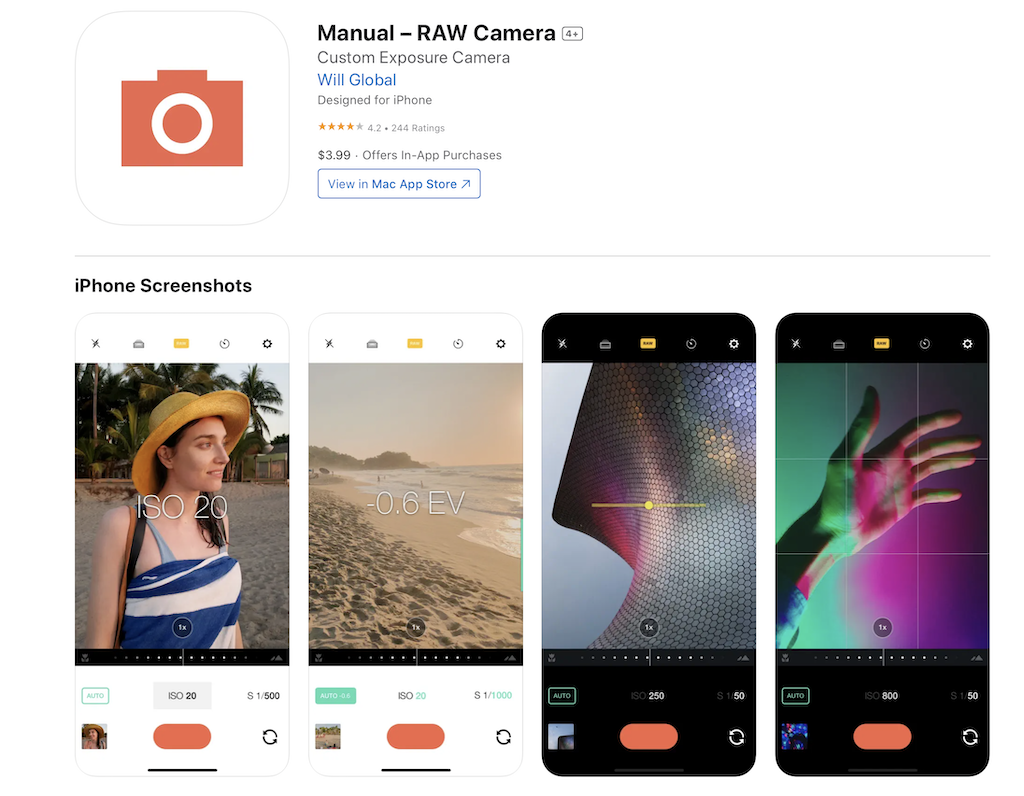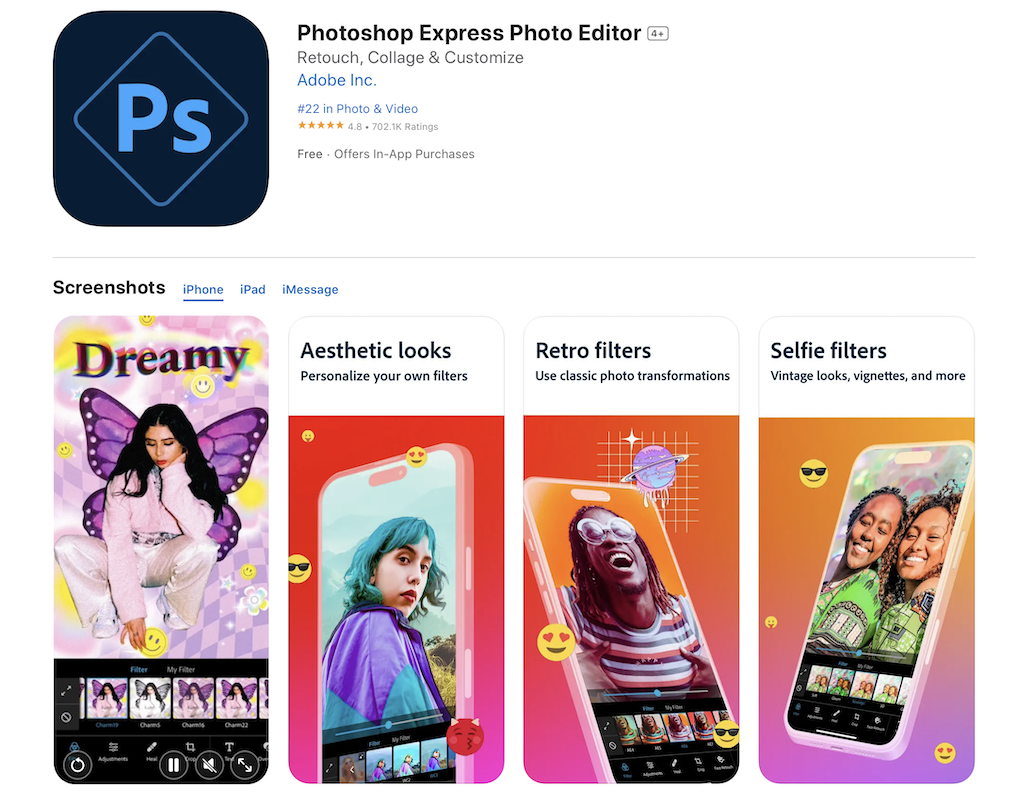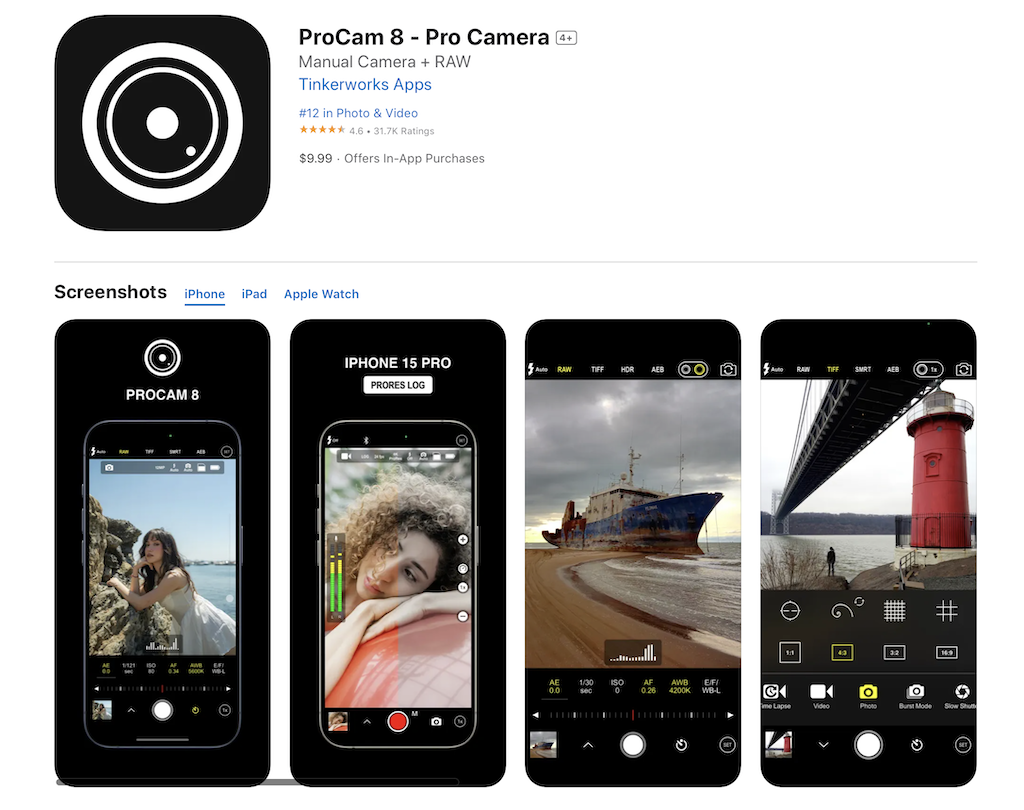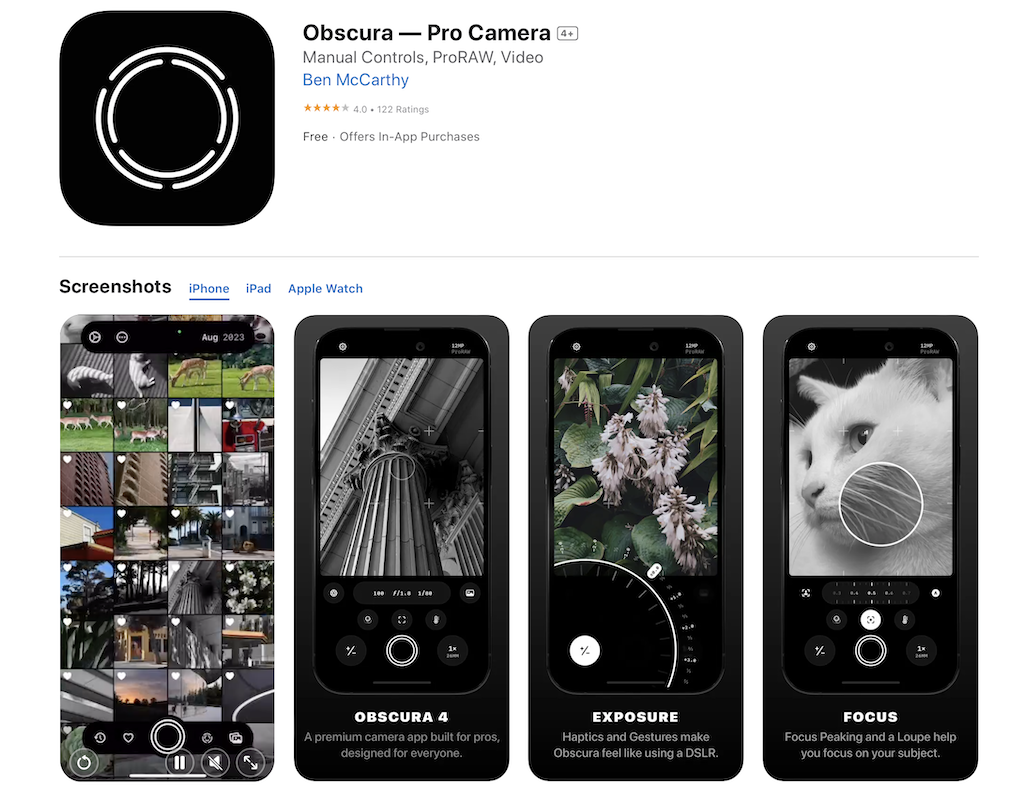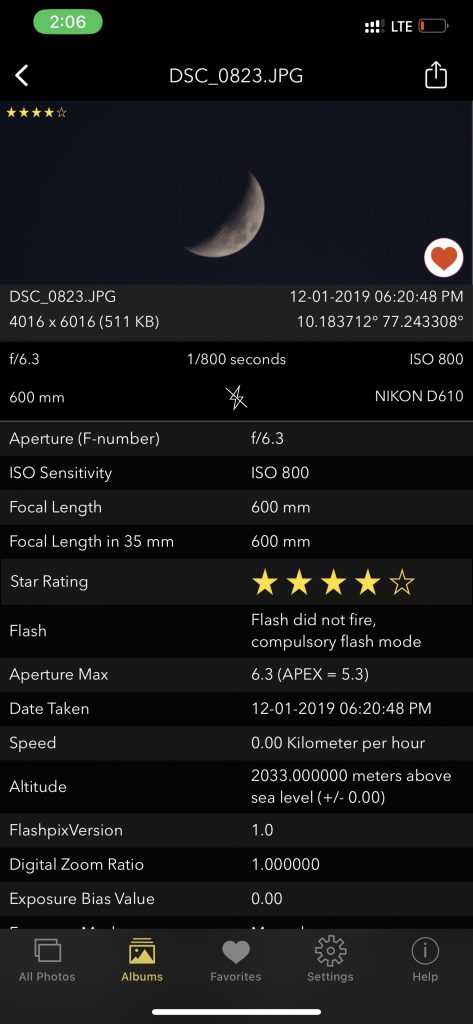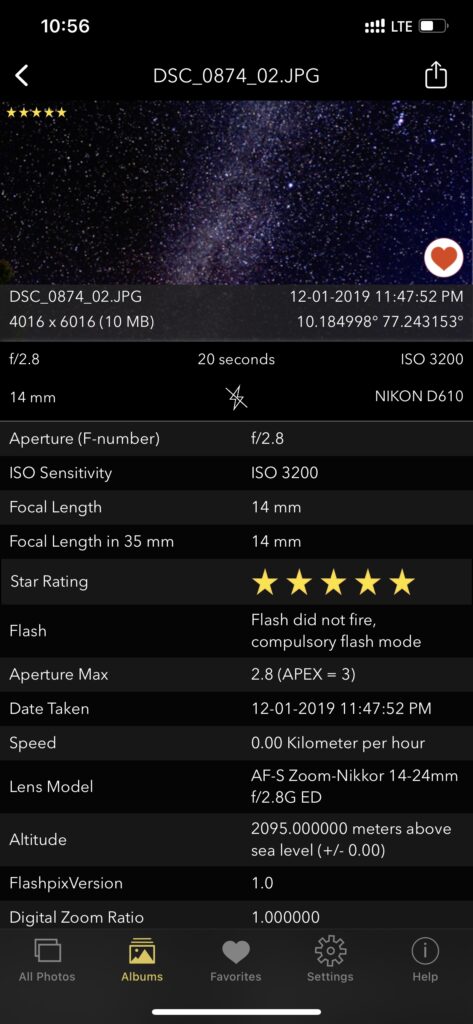In the vast digital landscape of photography, where millions of images compete for attention, mastering keyword selection is paramount for photographers seeking to stand out and attract the right audience. Keywords not only help in optimizing search engine visibility but also play a crucial role in categorizing and describing your work accurately. In this guide, we’ll delve into the art of choosing the best keywords for your photographs and suggest top photography keywords categorized by types of photography.
Understanding the Importance of Keywords
Before diving into keyword selection, it’s essential to understand why keywords matter:
- Search Engine Optimization (SEO): Keywords are the cornerstone of SEO. They help search engines understand the content of your images, making them more likely to appear in relevant searches.
- Targeted Audience: Using the right keywords ensures that your photos reach the audience interested in your specific niche or style of photography.
- Improved Discoverability: Well-chosen keywords increase the chances of your images being discovered by potential clients, buyers, or collaborators.
Tips for Choosing the Best Keywords
Now, let’s explore some practical tips for selecting the best keywords for your photographs:
- Be Descriptive: Use keywords that accurately describe the content, mood, and theme of your photo. Think about what someone might type into a search engine when looking for an image like yours.
- Include Specifics: Incorporate details such as location, subject matter, colors, and emotions into your keywords. Specificity helps in targeting niche audiences.
- Use Synonyms and Variations: Don’t limit yourself to one set of keywords. Experiment with synonyms, alternate spellings, and related terms to broaden your reach.
- Consider Intent: Anticipate the intent behind a search. Are people looking for inspiration, information, or something to purchase? Tailor your keywords accordingly.
- Stay Relevant: Ensure that your keywords are relevant to your image. Misleading or irrelevant keywords can harm your credibility and user experience.
What kind of Keywords should a Photographer Assign to his Photo?
Choosing the best keywords for a photograph involves understanding the content, context, and potential audience for the image. Keywords help in categorizing and indexing the photograph for search engines and platforms, making it more discoverable to potential viewers. Here are some steps to help you choose the best keywords for your photograph:
1. Identify the Subject
Determine the main subject or theme of the photograph. This could be a person, a landscape, an object, or an abstract concept.
When selecting keywords for your photograph, it’s crucial to first identify the primary subject or theme captured in your image. Whether it’s a portrait, landscape, or macro shot, understanding the central focus of your photograph will help you choose relevant and descriptive keywords.
Optimized Keywords:
- Keywords for Photographs
- Choosing Keywords for Images
- Identifying Photographic Subjects
- Subject-based Photography Keywords
2. Think Descriptively
Descriptive keywords are essential for accurately portraying the content and context of your photograph. Consider elements such as colors, emotions, actions, and settings depicted in the image to choose descriptive keywords that will resonate with your audience.
Optimized Keywords:
- Descriptive Photography Keywords
- Colorful Image Keywords
- Emotional Photo Descriptions
- Action-packed Picture Keywords
3. Consider Context
Think about the context in which the photograph was taken. Is it part of a series, a specific event, or a particular style of photography?
Contextual keywords provide additional information about the circumstances surrounding the creation of the photograph. Whether it’s part of a series, taken at a specific event, or represents a particular style of photography, context-based keywords help viewers understand the backstory of your image.
Optimized Keywords:
- Contextual Keywords for Photos
- Series-related Photography Keywords
- Event-specific Image Tags
- Style-based Picture Descriptions
4. Research Popular Keywords
Look at similar photographs online or on photography platforms to see what keywords are commonly used. Tools like Google Keyword Planner or keyword research tools specific to photography can be helpful.
Conducting keyword research is essential for understanding which terms and phrases are commonly used by audiences searching for photography online. Utilize tools like Google Keyword Planner or photography-specific keyword research tools to discover high-volume keywords relevant to your photograph.
Optimized Keywords:
- Photography Keyword Research
- Popular Photo Keywords
- High-volume Image Tags
- Keyword Analysis for Photographs
5. Use Specific and Relevant Keywords
Choose keywords that are specific to your photograph and relevant to the intended audience. Avoid using generic terms that may not accurately describe the content.
Optimized Keywords:
- Specific Photography Keywords
- Relevant Image Tags
- Targeted Photo Keywords
- Precise Description for Images
6. Include Location Keywords
If your photograph was taken at a specific location, incorporating location-based keywords can help attract viewers interested in that area or searching for images from that location. Adding geographical keywords enhances the discoverability of your photograph in location-based searches.
Optimized Keywords:
- Location-based Photography Keywords
- Geographic Image Tags
- Place-specific Photo Keywords
- Localized Picture Descriptions
7. Consider Audience Intent
Anticipate what keywords for attracting the right target audience / viewers might useful while searching for photographs like yours. Are they looking for inspiration, for commercial use, or for educational purposes? Ask yourself what viewers are seeking for which content and tailor your keywords accordingly.
Optimized Keywords:
- Audience-focused Photography Keywords
- Intent-based Image Tags
- Commercial Photography Keywords
- Educational Photo Descriptions
Top Photography Keywords by Type
To simplify the process, here are some top photography keywords categorized by type of photography:
| Type of Photography | Keywords |
|---|---|
| Portrait Photography | Portrait, Headshot, Studio Portrait, Outdoor Portrait, Family Portrait, Fashion Portrait, Candid Portrait, Black and White Portrait |
| Landscape Photography | Landscape, Nature, Scenic, Sunset/Sunrise, Mountains, Seascape, Countryside, Wilderness |
| Street Photography | Street, Urban, Cityscape, Candid, People, Daily Life, Architecture, Street Art, Documentary Photography |
| Wildlife Photography | Wildlife, Animals, Birds, Safari, Nature Reserve, Wildlife Sanctuary, Mammal, Animal Behavior, Endangered Species, Wildlife Conservation |
| Macro Photography | Macro, Close-up, Detail, Insect, Flower, Texture, Abstract, Macro Lens |
| Food Photography | Food, Cuisine, Food Styling, Food Blogging, Restaurant, Ingredients, Dessert, Gourmet, Healthy Eating, Recipe, Culinary |
| Travel Photography | Travel, Destination, Adventure, Culture, Landmark, Tourism, Backpacking, Explore, Wanderlust, Tourism, Travelogue |
| Fashion Photography | Fashion, Model, Runway, Couture, Editorial, Glamour, Fashion Photography Studio |
| Fine Art Photography | Fine Art, Contemporary Art, Conceptual Art, Abstract, Artistic Expression, Visual Arts, Gallery Exhibition |
| Architecture Photography | Architecture, Building, Skyscraper, Landmark, Urban Landscape, Architectural Detail, Interior Design |
| Event Photography | Event, Wedding, Party, Ceremony, Celebration, Corporate Event, Event Coverage |
Selecting the right keywords is a skill that requires a balance of creativity, strategy, and understanding of your target audience. By following the tips outlined in this guide and utilizing the suggested photography keywords, you can enhance the visibility and reach of your photographs in the competitive online realm. Remember, effective keyword selection is not just about attracting more eyes to your work but also about connecting with the audience that appreciates and values your unique perspective as a photographer.
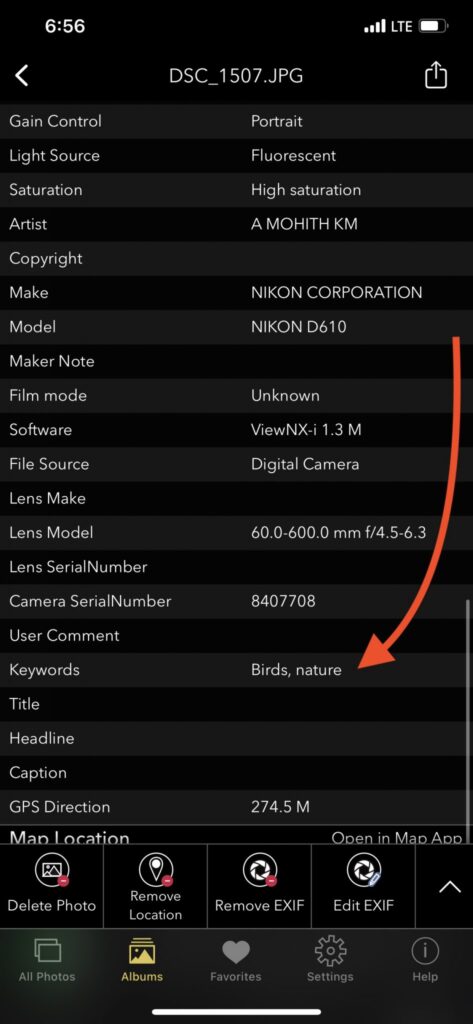

Screenshot from Exif Viewer by Fluntro App
Read More…
– HOW TO VIEW AND MODIFY KEYWORDS FOR PHOTO ON IPHONE AND IPAD?
Get some information about the images you took using Camera:
MEET THE EXIF VIEWER BY FLUNTRO FOR PHOTOGRAPHERS
Featured App on U.S and Canada AppStore. Understanding the details behind a photograph is crucial for refining your photography skills.
EXIF Viewer by Fluntro app can provide comprehensive metadata, including camera settings, exposure details, and geolocation data, allowing you to analyze successful shots and identify areas for improvement. By dissecting the EXIF data, iPhone photography users can gain valuable insights into their shooting techniques, enabling them to make informed adjustments and elevate their photography prowess.
Appstore Link: – https://apps.apple.com/us/app/exif-viewer-by-fluntro/id944118456
- View EXIF Data: Quickly access the EXIF tags of your Photos and Videos, providing essential information about camera settings, location data, and more.
- Remove EXIF Data: Safeguard your privacy by easily removing EXIF metadata before sharing Photos and Videos on social media or other platforms.
- Edit EXIF Data: Modify incorrect details like date and time, ensuring accurate image information.
- Geolocation Details: Instantly view, remove and edit Geotagging – GPS location, GPS coordinates, altitude, and direction with advanced features.
- iOS and iCloud Integration: Access EXIF metadata across your iOS devices and iCloud seamlessly.
- Photo EXIF Tags: Discover essential EXIF data, including ISO, Shutter Speed, Focal Length, Camera Model, lens model, Aperture, Photo Keywords and more.
- Image Details: Access information such as image DPI, height, and width on your iPhone and iPad.
- High-Resolution Image Viewing: Seamlessly zoom in on high-resolution photos of up to 80 MB with exceptional clarity.
- Date Format Options: Customize date formats to your liking for a convenient viewing experience.
- Privacy Control: Effortlessly conceal photos without EXIF metadata for enhanced privacy.
- EXIF Viewer Photos Extension: Access EXIF data directly from the native Photos app or other third-party apps.
- Flexible Sharing: Easily share images with options to include or exclude EXIF metadata.
- Copy to Clipboard: Copy EXIF data to the clipboard for convenient sharing across multiple applications.
- Metadata Retention: Learn how the app retains EXIF metadata while sending photos through Mail, AirDrop, and other sharing methods.
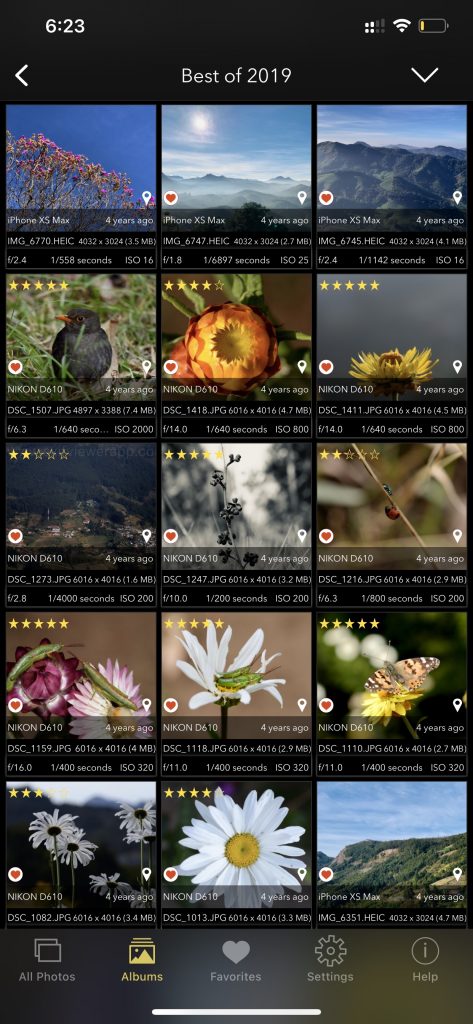

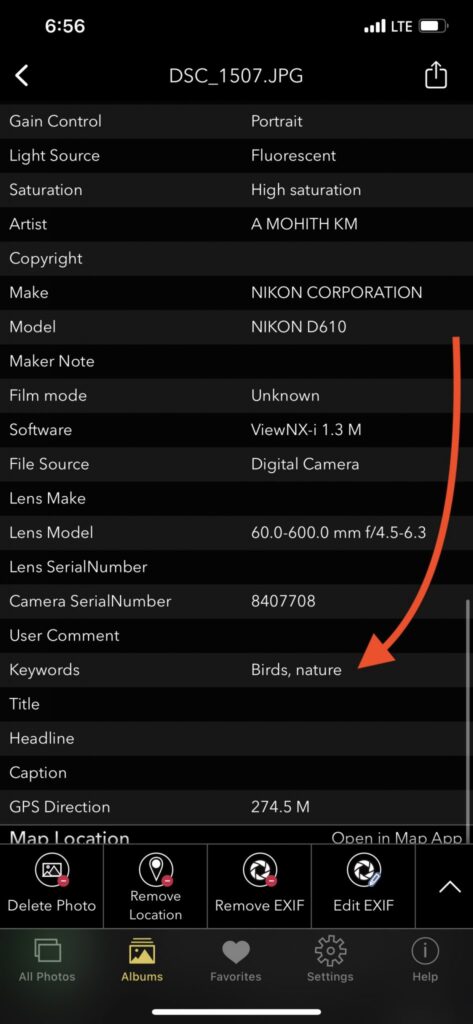
Screenshot of EXIF Viewer App images showing 30+ exif metadata

To Download App:
- Visit the App Store on your iPhone or iPad.
- Search for “EXIF viewer by Fluntro“.
- Download and install the app. EXIF Viewer app allows you to View, Remove and Edit image and video metadata.
Checkout the preview video of Exif Viewer by Fluntro:


